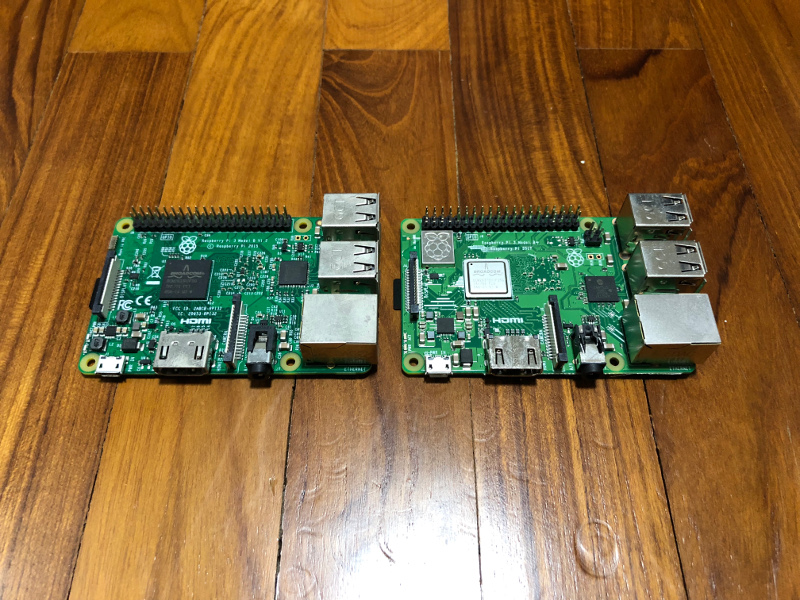How to setup Codiad Web IDE on your Raspberry Pi 3 with Raspbian Stretch Lite, Nginx and PHP
A Web IDE server allows you to code wherever you are and whenever you want from any device through a web browser. A Raspberry Pi 3 board is a good gift for programmers and if you happen to receive one or bought one and do not know what to do with it, you may want to setup Codiad Web IDE on it to help you code while you are on the move.
Read on to find out how to setup Codiad Web IDE on your Raspberry Pi 3 with Raspbian Stretch Lite, Nginx and PHP as the LEMP stack.


Follow us